Foldable phones: a necessary first step that's doomed to fail
Much like the mythical Microsoft Surface Phone, the Samsung foldable phone is believed to finally appear, year after year. It might finally happen in 2018, with a commercial launch in 2019. But before then, we will most likely be treated to a parade of other foldable phones from other companies, both in concept and in the market. But are foldable phones really that necessary? For everyday consumers? Hardly. But for the future of computing? It's that crucial step we can't actually skip.
Size does matter
What is it about foldable phones, at least the way Samsung, Lenovo, and others have conceived it, that tickles people's fancy? Aside from the sheer novelty, of course, or the manufacturing feat required to pull it off. At the of the day, at least for consumers, it's all about having a bigger screen.
The primary draw of a foldable device is having something the size of a phone that unfolds to provide a screen twice its initial size. Conversely, it can also involve a tablet that folds into half its size, maybe into the size of a more pocketable phablet. All of it is just so we have more space to cram our content into or a bigger room for content to breathe.
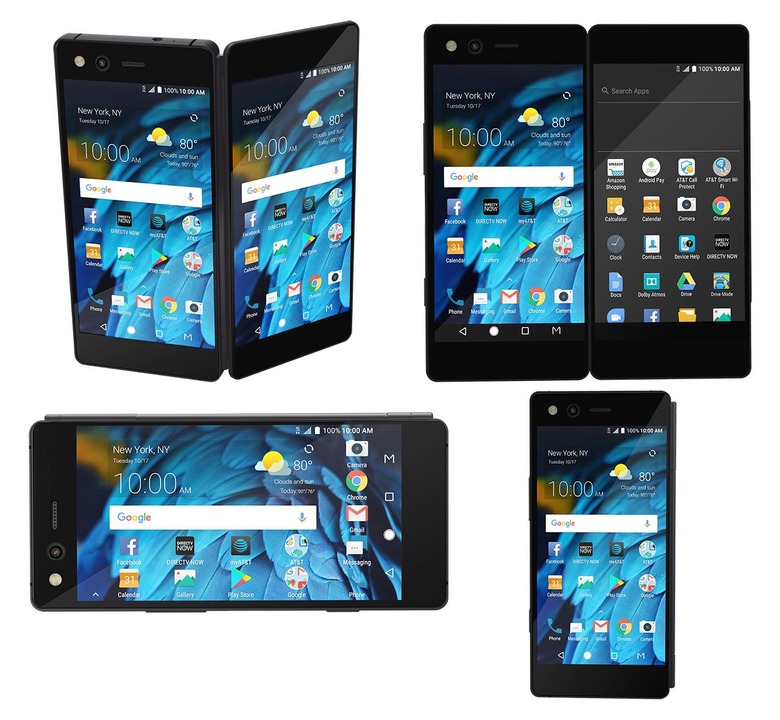
More than a decade ago, we were content with just reading at most 4 lines off our phones. The really hardcore would squint at web pages displayed on tiny screens (where Opera found fame and fortune). These days, however, we want to see more but don't want to have to pay for the space that would require. Which is why the idea of a foldable phone appeals both to techies and normal users alike.
Phones equals Hardware plus Software
The thing is, we wouldn't know what to do with all that space. Or to be more precise, we wouldn't know how to use all that space properly. As the likes of the ZTE Axon M and the less successful Kyocera Echo before it showed, it involves more than having just one huge screen or having two small ones. It involves both, and, unfortunately, today's software is ill-prepared for that reality.
Even with the bezel cutting into the middle of your view, the Axon M's woes show just how much mobile platforms, Android, in this case, aren't ready for a foldable device just yet. Both Android and iOS, and frankly any other mobile OS, are designed with a single screen device in mind. Sure, we have split windows now, after years of platform makers dragging their feet, but even those will be unable to sufficiently cope with a new form factor, one that really needs a new user interaction model.
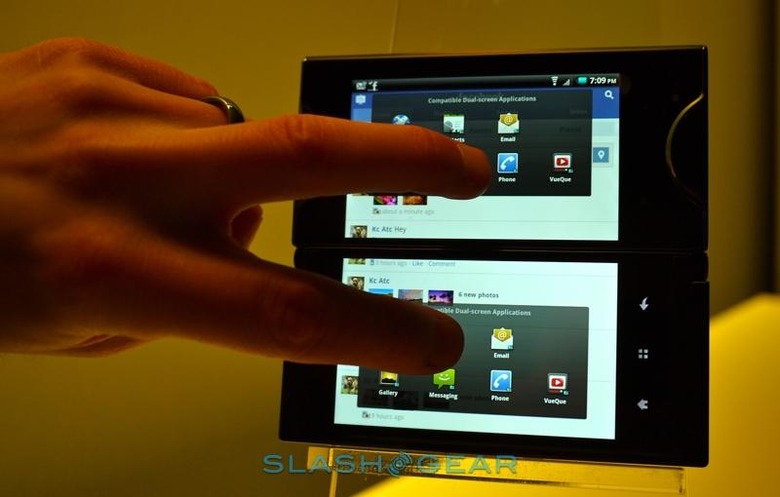
One ray of hope here is that Samsung is at least more accustomed to diverging from the standard path of mobile UIs. It has been playing around with split screens, floating windows, drag and drop, and all sorts of UX experiments long before either Android or iOS implemented theirs. You can bet it will implement something fancy for its foldable phone as well.
Form follows function
In the time between Samsung's first concept video of a foldable device and what may be its first commercial version, there have been countless foldable device concepts and patents released to the public. Which raises the question of which one Samsung will adopt. There are currently two crowd favorites and Samsung might even have both.
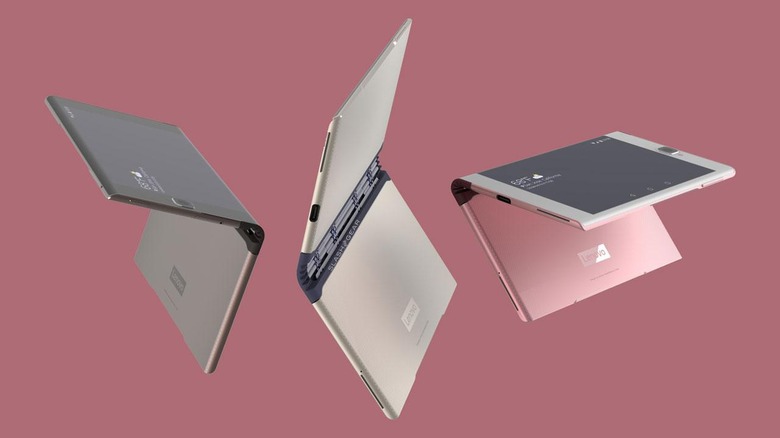
First is perhaps what most think of when they hear about a foldable phone or tablet. It is basically a tablet in form that closes like a book into a handier, but bigger, phone. This is the same type of foldable device Lenovo showed off last year and the year before that. The ZTE Axon M is sort of the reverse of that, but the concept is the same.
Then there's the rather stranger foldable phone idea, one that many seem to be sure will be Samsung's first. It is basically like a flip phone, except there are no hard hinges and there is only a single display. That display unfolds into one tall (or long) screen. While it does meet the technical requirements of a foldable device, it raises the question of how people will use such a contraption. It gives you double the screen space, but not in a way a tablet would. It becomes an even bigger usability puzzle than the form above.
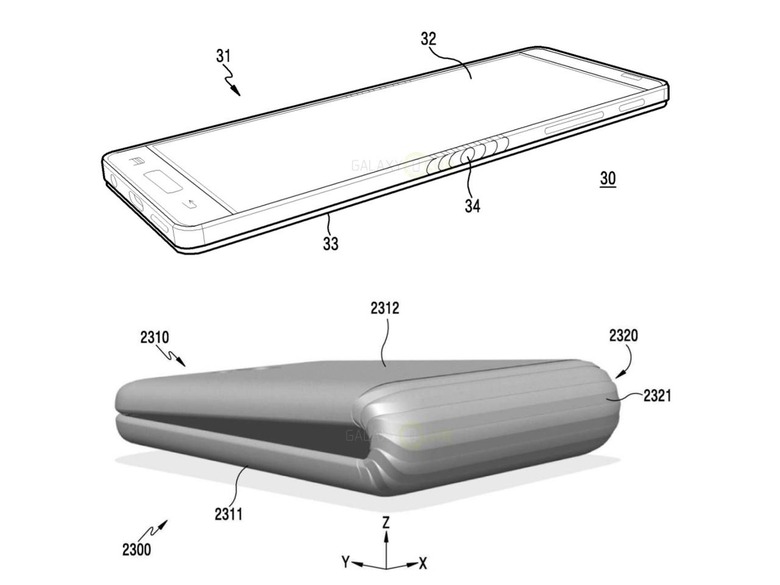
And then there's the folding orientation itself. Does the device fold in on its display or does it fold out, leaving the display exposed and visible? The latter has more interesting implications that, again, challenge not only the way we use our devices but also the software that runs on them.
Hardware is hard
There are definitely many hurdles to overcome when creating a foldable phone and yet manufacturers will still release such devices, hopefully, sooner rather than later. In fact, they have. It isn't just about testing market interest. It's about testing everything else, from the user experience down to the manufacturing capabilities.
The first batches of foldable devices are going to be crude. In fact, some of them, even Samsung's, might be terrible (remember the Galaxy Round and the Galaxy Note Edge?). They are, however, necessary to be made and, more importantly, sold and used if there's ever a chance that better, more refined, and nearly perfect versions are ever to be made in the near future.
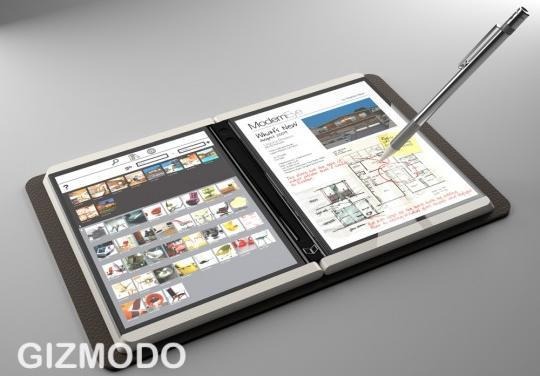
The foldable display, after all, is just the first step. Other parts of the device need to become flexible as well. Those will probably take longer, especially batteries. But to get there, you need to get the most important thing out of the way first.
Wrap-up
The first batch of really foldable phones, with foldable displays, will be out by the end of the year, or 2019 at the latest. They will be expensive and limited, and very few will actually buy them. Many will be content just to drool and watch others use them. These devices will be raw and will not live up to the hype and the dream of the ultimate foldable phone or tablet. And that's the good news.
The bad news is when both market and manufacturers interpret this expected rough first steps as a sign that the whole form factor is a massive failure. Business-wise, it probably is. But you don't give up trying to learn how to walk or bike after your first few falls. Hopefully, neither will manufacturers, innovators, and dreamers. They're going to fail the first time, but it's a failure that has to happen sooner or later.
